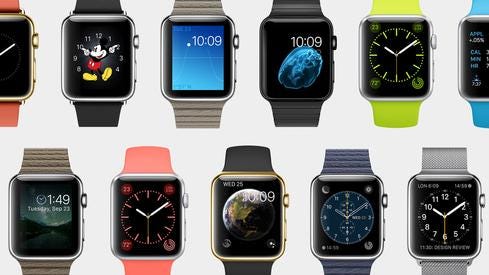iPhone 6 NFC Radio: Limited Functionality
Don't expect to use the iPhone 6's new NFC powers for anything other than Apple Pay.


Apple's Next Chapter: 10 Key Issues
Apple's Next Chapter: 10 Key Issues (Click image for larger view and slideshow.)
The iPhone 6 and 6 Plus will be the first iPhones to include near-field communications (NFC). The short-range radio technology is essential to many mobile payment initiatives, including Softcard and Apple Pay. NFC does a lot more, however. It can be used to pair devices as well as pass information between them. Too bad Apple isn't enabling any of those functions in its new iPhones.
Late Monday, Cult of Mac reported the iPhone 6 and 6 Plus NFC radios will work only with Apple Pay. Apple has put the component on lockdown and won't allow it to do anything else. Further, developers won't be able to access it for their own apps, at least initially. Sources at Apple confirmed the details to The Verge. That means anyone who snaps up the iPhone 6 or 6 Plus won't be using NFC to pair with Bluetooth speakers or other devices for sharing photos or contact details.
Apple is using NFC as a component of its Apple Pay service. Apple Pay is scheduled to launch at some point in October. Similar to other mobile payment services, Apple Pay will allow iPhone 6 and 6 Plus owners to tap their smartphones on special terminals at select retailers around the country to pay for goods and services. The NFC radio is what transmits data from the iPhone to the terminal and back. It has a range of about an inch. Apple has successfully signed up some big banks and nationwide companies to get Apple Pay up and running. It makes sense that Apple may want to limit the NFC radio's functionality until Apple Pay is running smoothly.
[Super-strong, unique passwords are pointless! Join Dark Reading Radio on Wednesday, Sep. 17 at 1 p.m. ET for a grown-up conversation about passwords with Cormac Herley of Microsoft Research.]
The move, which shouldn't be surprising to anyone, smacks of how Apple treated TouchID on the iPhone 5s last year. When the 5s first launched, only select Apple apps worked with the TouchID fingerprint sensor. Apple didn't let developers touch TouchID until the beta release of iOS 8 earlier this year. Apple is taking the same approach with NFC on the iPhone 6 and 6 Plus. Apple hasn't indicated if or when it will open up the NFC radio to other functions, but don't expect it to be anytime soon.
Softcard is perhaps the biggest mobile payment competitor to Apple Pay in the US. It launched last year as Isis and is going through a rebrand (for obvious reasons). Softcard uses device-side NFC radios and a special application to talk to payment terminals, too. Most Android and Windows Phone smartphones sold in the US support Softcard. The NFC radios of these devices are open to other functions.
Though NFC is useful for many things, mobile payment is probably the biggest and most important function it enables. Apple may be ignoring the ease-of-use aspects of NFC, but it is doing so in favor of the bigger picture.
You've done all the right things to defend your organization against cybercrime. Is it time to go on the offensive? Active response must be carefully thought through and even more carefully conducted. This Dark Reading report examines the rising interest in active response and recommends ways to determine whether it's right for your organization. Get the new Identifying And Discouraging Determined Hackers report today (free registration required).
About the Author
You May Also Like






